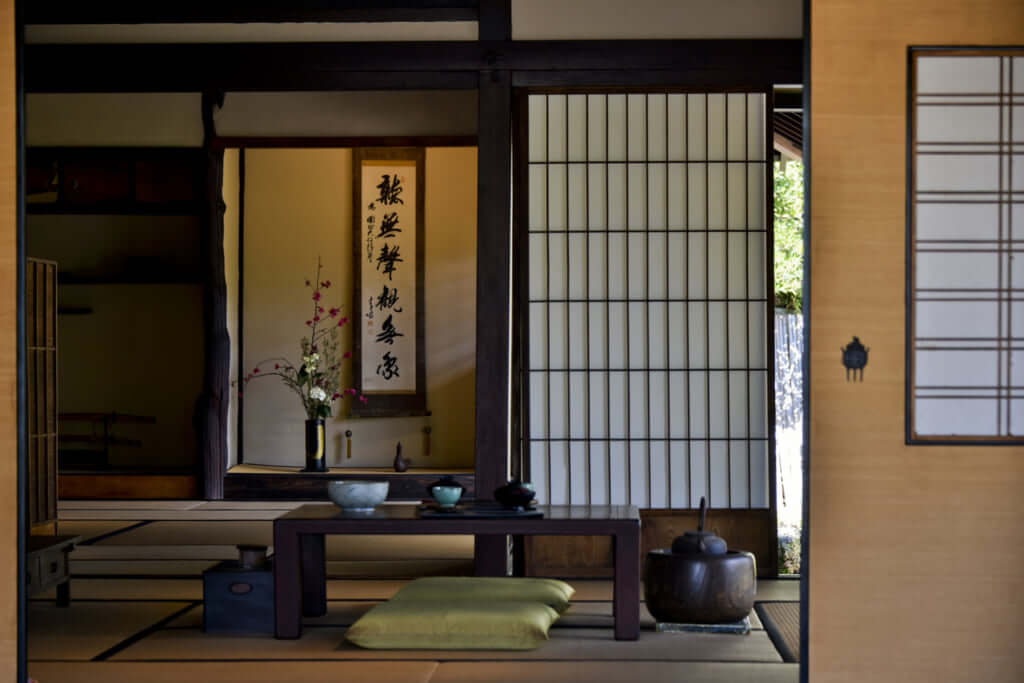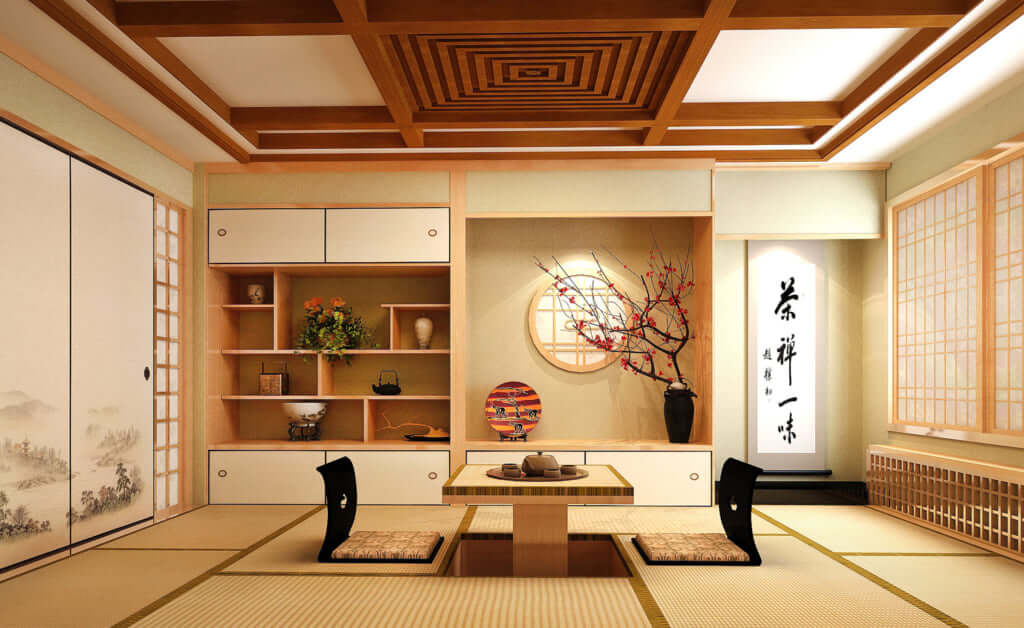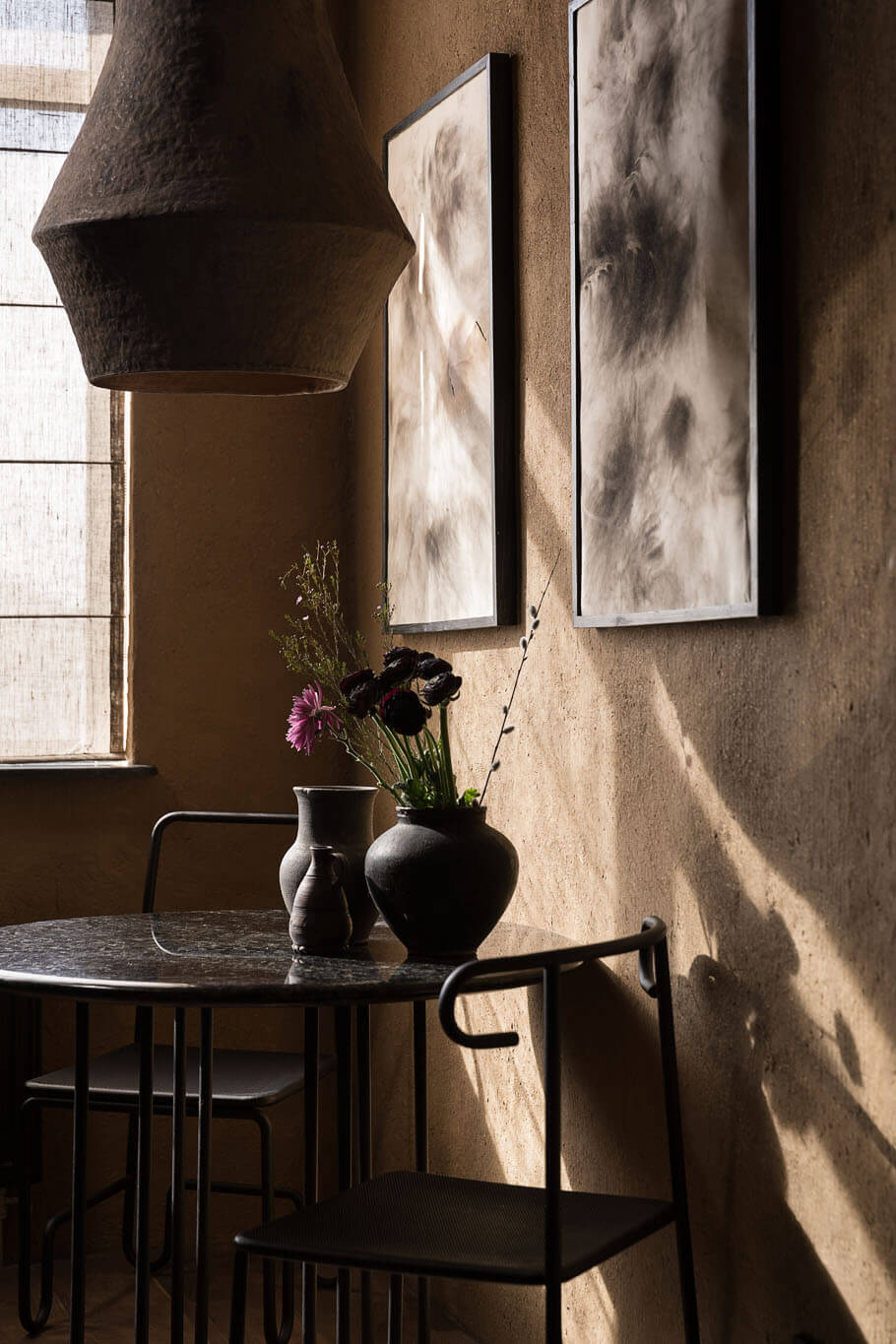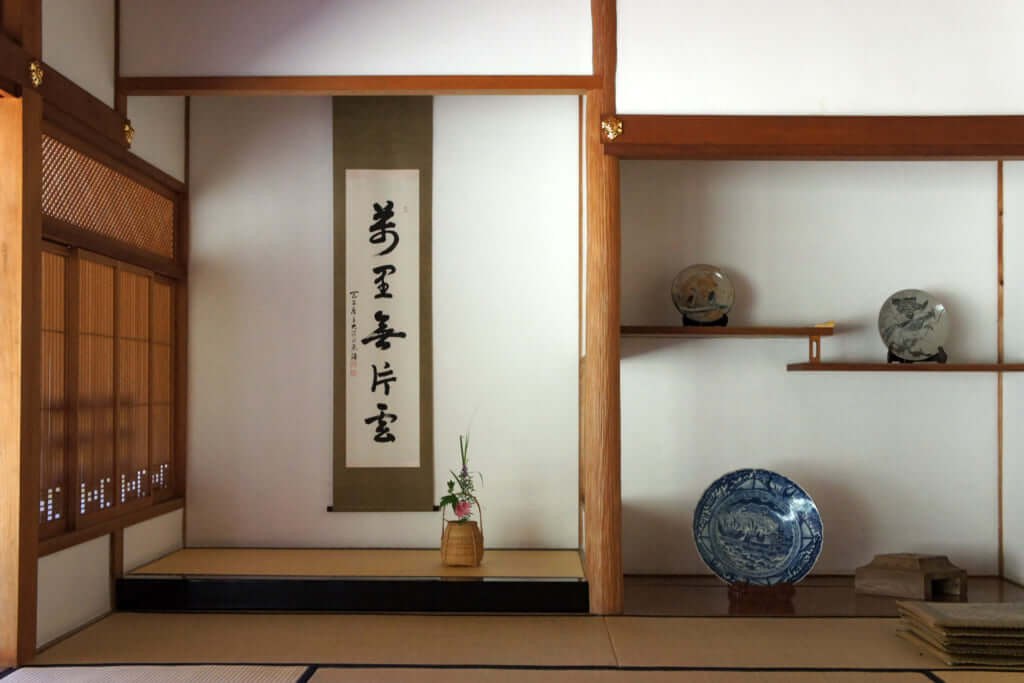Kanso, One of the Seven Pillars of Wabi-Sabi

The ideals of the Japanese aesthetic may sometimes seem outdated, but one principle that can correspond to our time is kanso. Meaning ‘simplicity’ or ‘purity’, it aligns perfectly with the minimalist tendencies of modern architecture and interior design.
Kanso is one of the seven principles of the zen philosophy which allows wabi-sabi, a state of awareness of the imperfection and impermanence of things, to be attained. Alongside this are the concepts of fukinsei (asymmetry), koko (austerity), shizen (naturalness), yugen (subtle grace), datsuzoku (freedom) and seijaku (tranquillity). These principles are found in nature, but also in the human character and behaviour. Therefore, all that is required is to reconnect with them.
In a more practical sense, especially in interior design, kanso can be translated as the elimination of clutter in favour of simplicity. This is a rule which has been appropriated by Marie Kondo, a Japanese essay writer who has become famous thanks to her method of tidying up which encourages individuals to get rid of any objects that do not bring them joy. The most important thing when applying kanso to daily life is to not think in terms of decoration, but rather in terms of clarity. It is therefore vital to leave out or exclude anything that is not essential.
Japanese interiors have always been organised according to kanso. Space is often limited, with few rooms which are shared by several members of the same family and little storage space. Add to this the factor of the constant threat of natural disasters, which makes Japan the country of impermanence, and it becomes more understandable that it’s best not to have too many possessions as this means there is less to lose.
Simplifying also leads to greater appreciation. Thus, empty space – or ‘ma’ – is of vital importance in the kanso aesthetic. Empty space, combined with simplicity and the presence of few elements in a room, attracts attention to whatever is being highlighted. In Japan, this often translates into things being stripped back to the bare essentials, like one vase with several stems arranged according to the rules of ikebana, or one calligraphy scroll hung on the wall. This kind of presentation is often found in a tokonoma, the alcove dedicated to the appreciation of art and often found in traditional Japanese rooms.
Surprisingly, the field of application of kanso is so wide that it can also concern cosmetics. This is what gives J-Beauty its specificity, emphasising the simplicity of products and the austerity of the result.
Used by various western forms of media which are hungry for new concepts to improve one’s interior or perfect one’s minimalist lifestyle, kanso cannot be considered independently. It only has real meaning when integrated with the other six principles of wabi-sabi and within the framework of the practice of zen Buddhism. This is also when it sheds a little more light on the very particular nature of the Japanese aesthetic.



TRENDING
-
A House from the Taisho Era Reveals Its Secrets
While visiting an abandoned building, Hamish Campbell discovered photographs the owner had taken of the place in the 1920s.

-
The Taboo-Breaking Erotica of Toshio Saeki
The master of the 1970s Japanese avant-garde reimagined his most iconic artworks for a limited box set with silkscreen artist Fumie Taniyama.

-
With Meisa Fujishiro, Tokyo's Nudes Stand Tall
In the series 'Sketches of Tokyo', the photographer revisits the genre by bringing it face to face with the capital's architecture.

-
Masahisa Fukase's Family Portraits
In his series ‘Family’, the photographer compiles surprising photos in which he questions death, the inescapable.

-
Hajime Sorayama's Futuristic Eroticism
The illustrator is the pioneer for a form of hyperrealism that combines sensuality and technology and depicts sexualised robots.





